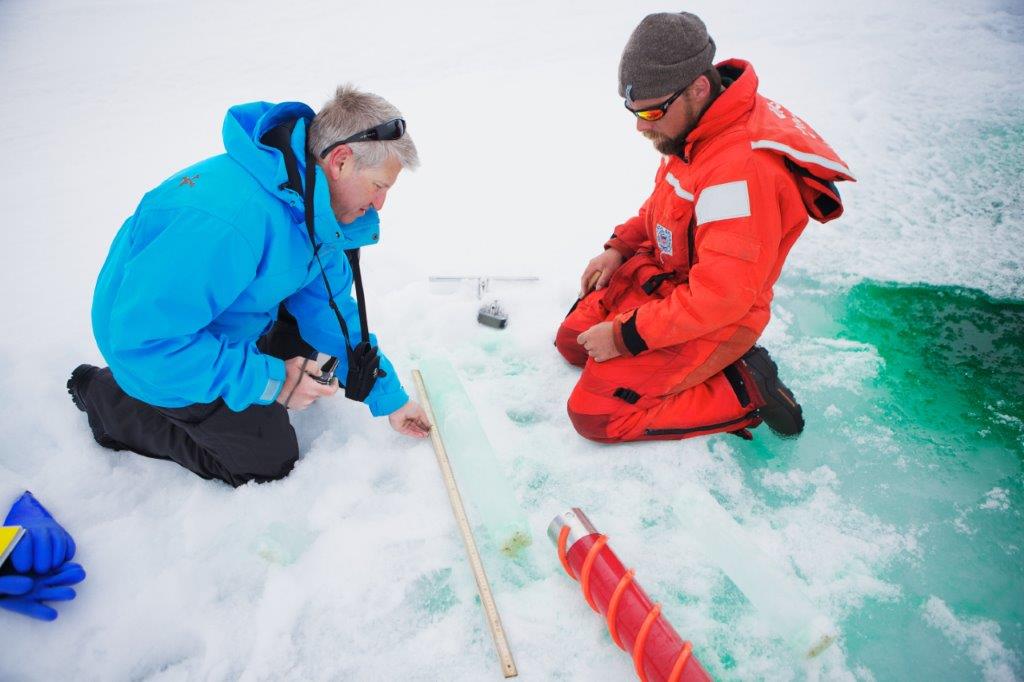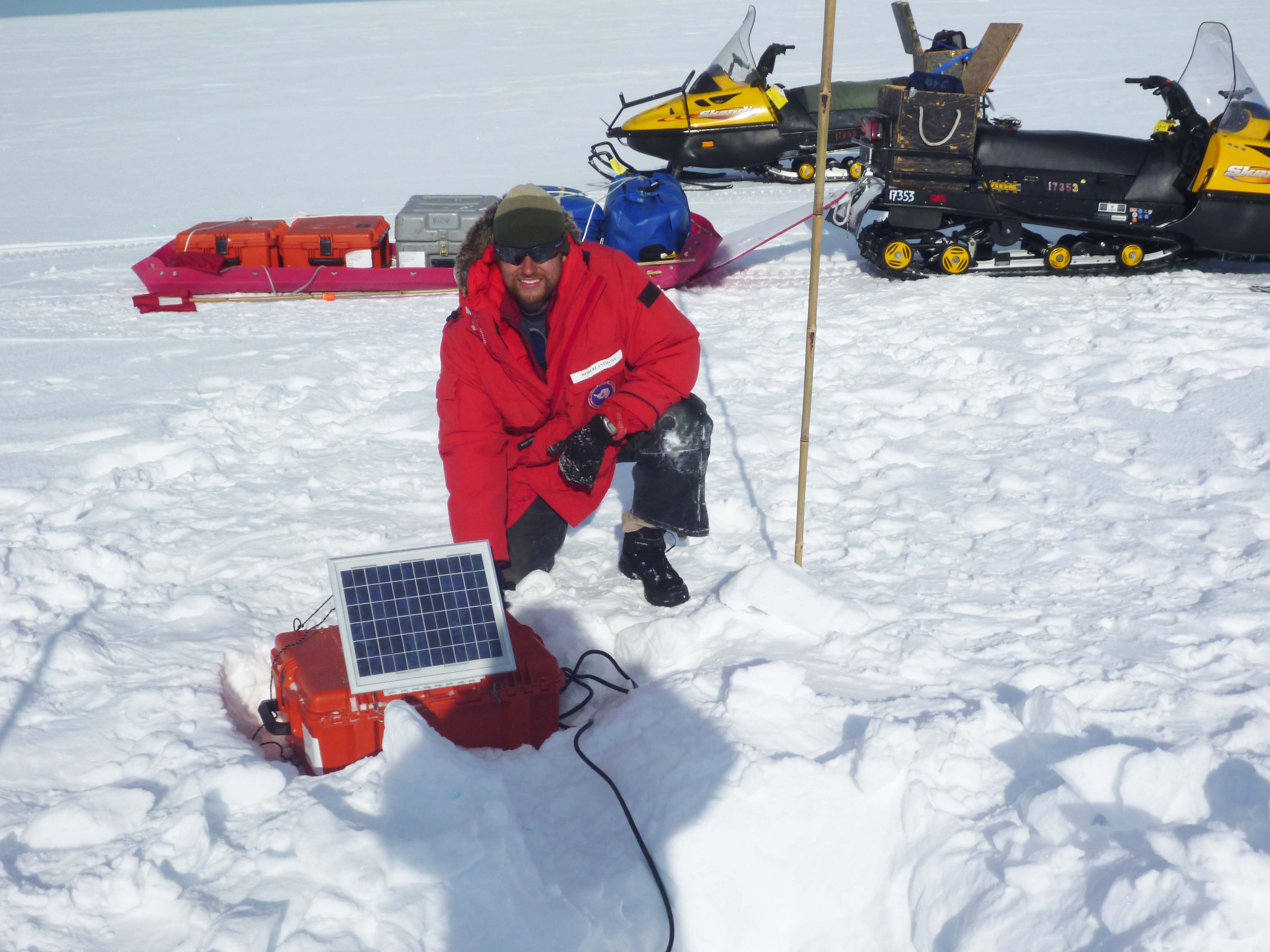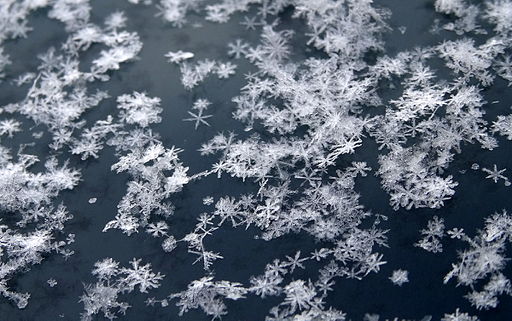24 January 2017
Arctic melt ponds form when meltwater clogs ice pores

When spring comes to the Arctic, the breakup of the cold winter ice sheets starts at the surface with the formation of melt ponds. These pools of melted snow and ice darken the surface of the ice, increasing the amount of solar energy the ice sheet absorbs and accelerating melt. Now, researchers describe in a new study how these melt ponds form, solving a paradoxical mystery of how a pool of water actually sits atop highly porous ice.
18 January 2017
Ice-free summers in Arctic Ocean could thwart Paris Agreement objectives

A new study shows melting sea ice in the Arctic Ocean could put at risk the objectives of the Paris Agreement to address climate change. The study’s authors conclude that, due to the future increase in the sea ice-albedo feedback, global carbon dioxide emission levels would need to reach zero five to 15 years earlier than expected to meet targets set by the agreement, substantially increasing mitigation costs.
17 January 2017
How darkness and cold killed the dinosaurs

Climate scientists have now reconstructed how tiny droplets of sulfuric acid formed high up in the air after a large asteroid impact 66 million years ago. The new research shows the sulfuric acid cooled Earth’s climate for years to come.
13 January 2017
Scientists try to mitigate methane, from cows
There are about 33 million cattle in Mexico, where a few scientists are experimenting to concoct a cow diet that will reduce methane emissions.
Changing atmospheric conditions may contribute to stronger ocean wave activity on the Antarctic Peninsula

A new study provides important details on the extent of sea ice, which can protect ice shelves from the impacts of ocean storms, in the Antarctic Peninsula.
5 January 2017
What was that rumble? New research compares earthquakes to explosions

The earth shakes similarly after earthquakes and underground explosions, making it hard to distinguish between the two types of rumbling events. A new study aims to capture the subtle details of seismic signatures and ground deformation after an explosion to help scientists better differentiate between them.
People aren’t the only beneficiaries of power plant carbon standards

Research has shown that carbon emission standards for the power sector benefit human health. But new research shows they would also benefit crops and trees.
4 January 2017
Snowflake variability has significant impact on remote sensing of snowfall rates

Every snowflake is unique—and that could have a big effect on determining how much snow will fall, according to new research.
30 December 2016
Gas released from rocks can predict impending breakage

Small amounts of helium and argon gas released from rocks under stress could be used to predict rock breakage before it occurs, such as during an earthquake or in an underground mine, according to new research. This kind of early-warning signal could be useful for keeping people safe in situations where rock is under high stress, like mining or construction operations, according to the study’s authors.
29 December 2016
Scientists test less invasive methods of locating oil in deep sea

New techniques for finding oil beneath the seafloor could reduce the frequency of seismic testing or exploratory drilling, which is harmful to marine animals, according to new research.


 GeoSpace is a blog on Earth and space science, managed by AGU’s Public Information staff. The blog features posts by AGU writers and guest contributors on all sorts of relevant science topics, but with a focus on new research and geo and space sciences-related stories that are currently in the news.
GeoSpace is a blog on Earth and space science, managed by AGU’s Public Information staff. The blog features posts by AGU writers and guest contributors on all sorts of relevant science topics, but with a focus on new research and geo and space sciences-related stories that are currently in the news.